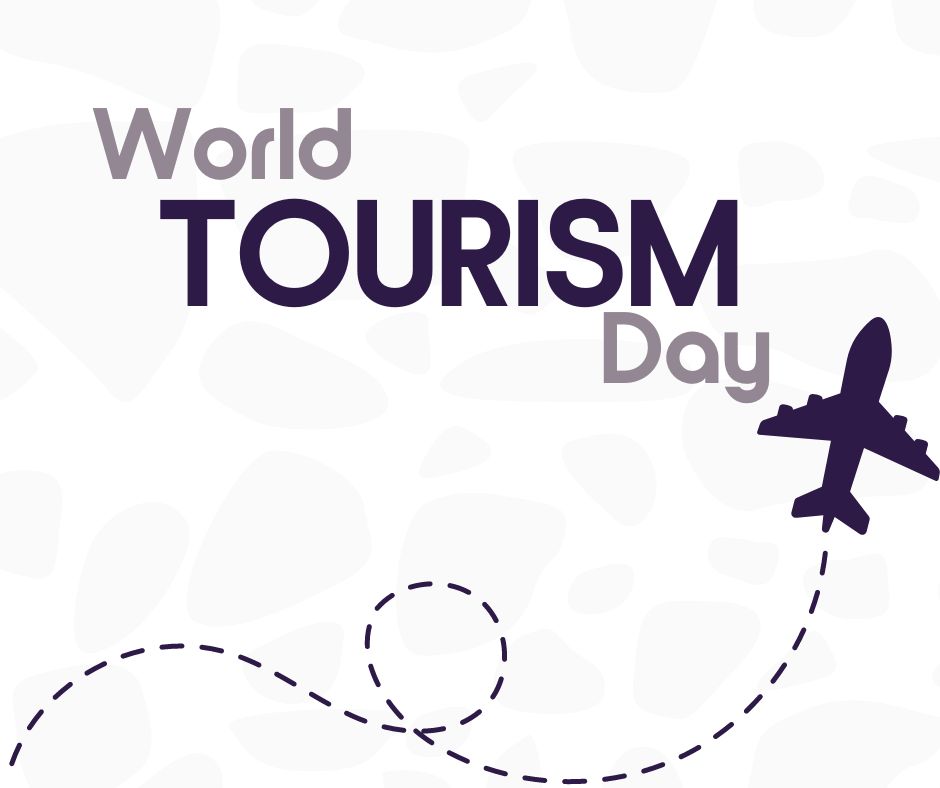September 27th marks World Tourism Day, prompting us to dig a little deeper into the current 2023 tourism forecasts, and share our top tourism marketing tips.
The industry has seen domestic activity bouncing back sooner than predicted, with 2022 expenditure for overnight trips increasing by 16% against pre-pandemic levels (2019).
The return of pre-pandemic international visitation (and spending) will take longer, slowed by limited aviation capacity, and further constrained by economic conditions, and continuing travel restrictions in China (previously one of the fastest growing international tourism source markets for Australia).
However, there is good news.
Predictions from Tourism Research Australia (TRA) predict that international visitor expenditure will exceed pre-pandemic levels in 2024, before increasing to AU$ 48.8 billion by 2027.
So, which key international source markets can we expect to see travelling down under in 2024?
According to TRA, the top 5 recovery source markets will be:
- New Zealand
- India
- United Kingdom
- Singapore
- USA
Despite the evident cost of living concerns in these markets and Australia, intentions to spend on travel remain strong.
While we welcome the positive industry outlook over the coming years, tourism businesses are still facing a range of economic challenges (such as increased costs, a weakened economy, interest rate rises, inflation, an unstable geopolitical environment, and more), and occupancy for some tourism businesses is sitting around 50 per cent.
With these economic challenges in mind, there are several no-cost and low-investment activities that tourism businesses can undertake to maximise revenue in the short term, while getting ahead in the long term with a strategy to capture international visitor bookings as they return.
Here are our top tips for getting your tourism business in front of guests at all stages of the booking journey:
Review the Guest Booking Journey and Optimise Your Listings
Put yourself in the shoes of your key customers and consider potential booking journeys they might take to shortlist options and choose your business. Tip: be sure to clear your cookies and cache, or use an incognito browser to review the visibility of your offering without your search history influencing results.
Does your property have a unique feature that potential guests might search for? Assess where your tourism business appears for various long-tail search queries on Google, for example: “Adelaide Hotel with a pool and bar”, or “Accommodation with parking Adelaide CBD”. Where does your property appear for these results? Can you optimise your website to increase your position in the search results?
Then assess the booking platforms (OTAs – Online Travel Agents) and Meta Search platforms (such as Trip Advisor or Trivago) that appear at the top of your search results for more generic searches (e.g., hotels in Adelaide). Is your property listed on these top performing sites? Do you have a book-direct rate available? Where does your property appear in the results?
Optimise your property’s listing by reviewing any new features or opportunities to highlight your unique selling points (USPs). Showcase your best images and ensure your descriptions and image captions consider keywords your target market segments might be searching for. Ensure your property’s facilities and policies are up-to-date, reviews have been responded to, rates are accurately reflected, and unique property features are mentioned in the description. This will increase your chances of appearing higher up the search results.
Consider listing on any new platforms that rank well on the search engine results page (SERP) and are relevant to your business.
Review your Website Content
Use Google Analytics to review user behaviour on your website. Draw insights that guide potential optimisations that improve the user experience and journey on your website, and review any broken links, oversized images that may be slowing down your website speed, and any opportunities to improve your ranking on the SERP such as keyword optimisation, backlink building, quality content, Google reviews and more.
Host a Famil Stay
A famil stay is when you invite chosen journalists, media outlets or influencers to directly engage with a location, product, or service for free or at a low cost to inspire positive content based on firsthand experiences. A famil stay can provide credibility and leverage the networks of influencers and reach of media, creating access to audiences beyond your existing channels. Media articles can provide long-term lead generation and website traffic, and links to your website from credible website sources can also contribute to SEO, driving improved website SERP ranking.
When choosing who to invite for a famil, consider whether:
- their audience aligns with your target demographics or market segments
- they have previously written articles or published social posts, and whether;
- their sentiment on those articles or posts align with your objectives
- their content or writing style and publication aligns with your brand
- their content gets the reach and results you need to justify hosting a famil
- you are prepared to host a famil. Does your capacity allow for this? Do you have written contracts in place for social media influencer/brand ambassador contra stays? Do you have an information booklet or compendium that highlights the best features of your property or experience?
Review your Offerings and Seek Opportunities to Leverage Tourism Trends
The pandemic has increased consumer awareness of the importance of wellbeing, and there is increasing demand for experiences that align with wellness. Consider whether your business can add new offerings that leverage this trend.
There is also an increased focus on sustainable tourism. If your business has sustainability practices in place, ensure they are highlighted on your website and affiliate sites and booking platforms.
Drive Awareness and Engagement with Video Content
Reach new audiences and drive consideration with engaging video content. Videos have the power to capture the attention of audiences for longer than text or imagery and allow you to showcase your offering in an immersive, captivating way.
The best part about video content? You don’t need expensive equipment. Take a short video on your smartphone (9:16 ratio, portrait) that showcases a key feature of your product or experience. You can edit the content using social media in-app editing (ideal for when posting on one platform) or opt for a mobile application like iMovie or CapCut to produce an edited version (without a watermark) that can be shared on TikTok, Instagram reels and Facebook reels.
Post your video with up to ten relevant hashtags and watch your reach and engagement skyrocket.
With tourism traffic on the rise again, implementing these top 5 strategies offers your business a clear path to navigate economic challenges, embrace trends, and achieve success. So, get ready to welcome your business’ new visitors and guests!
If you would like further tips on marketing your tourism business, get in contact with us today!







